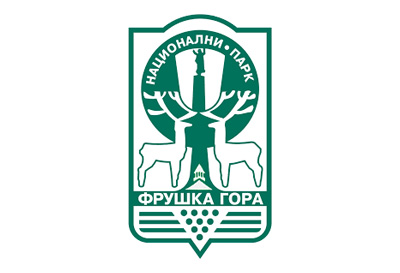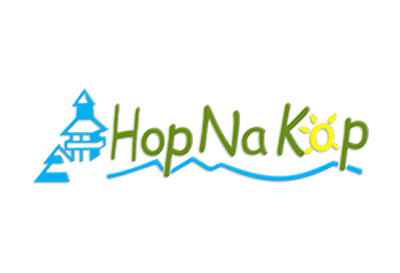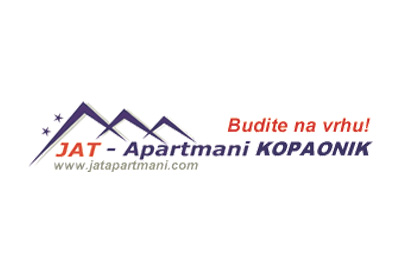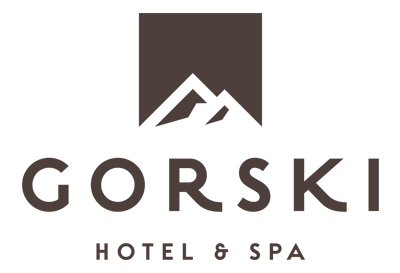Jankove Bare are located in the area of the Ravni Kopaonik (1420-1650 m above sea level). This region is characterized by dense coniferous forests through which several streams flow, eventually feeding into the Samokovska Reka. Jankove Bare is a natural reserve and the largest peat bog on Kopaonik (a natural hydrological phenomenon with characteristic vegetation formed as a result of evaporation from numerous bogs and streams), featuring various peatland communities of rare ecosystems, highlighted by mosses and specific communities of spruce, fir, and both black and white pine. Climate change due to global warming and pollution is visibly impacting this reserve, unfortunately manifesting in the drying of forests. The National Park Kopaonik monitors the conditions of this drying and implements appropriate protective measures, which include the periodic removal of diseased trees.
The trail to Jankove Bare begins at the center of the “Sunčani Vrhovi” hotel, proceeding through the parking area to the north, where a path gently descends toward a large meadow known as Crvene Bare (a bog approximately 1.5 km in diameter). From this large meadow, the trail crosses several streams and curves widely to approach a cart road, running parallel to the Jeličić sawmill (a famous local establishment founded in 1901 by Boža Jeličić, who received permission from Aleksandar Obrenović and Draga Mašin to manage Kopaonik, where he built one of the most modern sawmills of the time, supplying timber to well-known European centers). The remnants of the Jeličić sawmill are located beneath the peak known as “Đakov Grob” (1650 m above sea level). A commemorative plaque dedicated to student soldiers, referred to as “children of flowers,” who perished in the Great War (1914-1918) can be found at this location. Historical records indicate that many armies passed through this area, including the army of Tsar Lazar on its way to Kosovo in 1389. The Hungarian army, led by Janko Hudinjanin, also traversed this route in 1448, from which the reserve derives its name. The trail crosses streams and requires careful navigation over this submerged terrain. To facilitate movement and enhance accessibility, the national park has constructed a wooden path elevated above the streams and bogs. This allows visitors to photograph the scenery and enjoy nature without concern. There is also a shorter and more accessible route to Jankove Bare that can be reached by car from the center to Kadiјevac, continuing along the road to the destination. The reserve is home to many rare and legally protected plant species, such as the marsh cinquefoil, bitter clover, narrow-leaved butterwort, and various types of orchids, among which Dactylorhiza cordigera, known as the Peatland Orchid, stands out for its beauty. Jankove Bare serves as a habitat for various animal species, particularly reptiles and amphibians, as well as for bird and insect fauna. The area surrounding the bog provides summer habitat for the forest grouse, serving as nesting grounds for the Corn Crake, Eurasian Eagle-Owl, Alpine Accentor, Kingfisher, and Hazel Grouse. Notable bird species include the Eurasian Sparrowhawk, Common Kestrel, Common Buzzard, Alpine Chough, Mountain Tit, and others.
*Note: The Autonomous Province of Kosovo and Metohija is marked with a dashed line on the map and labeled as Kosovo.
*Note: The Autonomous Province of Kosovo and Metohija is marked on the map with a dashed line and named as Kosovo.


















